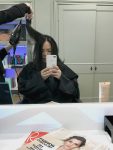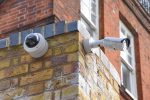Are Beauty Salons safe?
Maybe you’ve never visited a beauty salon before, or maybe you are switching salons and want to compare. Whatever the reason, it is important that any beauty salon you visit adheres to the latest health and safety procedures.
Not only is a legal requirement, but failure to follow it could endanger the health, safety and welfare of their employees and most importantly yourself.
Things to remember:
Every salon must legally have a Health & Safety statement which should be reviewed annually. NOTE: this should be done more frequently if there has been a change to the process of new equipment.As a client: if you are concerned you can ask to see this statement and see when it was last updated.
All health and safety training should be recorded with the cards signed off by the trainer and the trainee. These should be maintained the entire time a beauty therapist is employed with the salon and should be kept for 10 years afterwards.As a client: this is especially useful if you are interested in trying a new beauty therapy treatment, as you can ask to see proof of their training (with the piece of equipment); where they attained it and how long ago they earned it. This will help you to determine if they are qualified/experienced enough to perform the task safely.
All accidents should be recorded immediately and kept for at least 10 years.As a client: this is good to know in the event you ever need to take further action against a salon. More importantly, you can use these records to see how safety conscious they are and if accidents are a regular occurrence. If they are, they’re probably not the right salon for you.
Risk assessments should be regularly carried out by management to assess the safety of the entire salon. During this assessment they will carefully examine what could cause harm or loss, so they can implement preventative measures to protect their staff, clients and visitors.
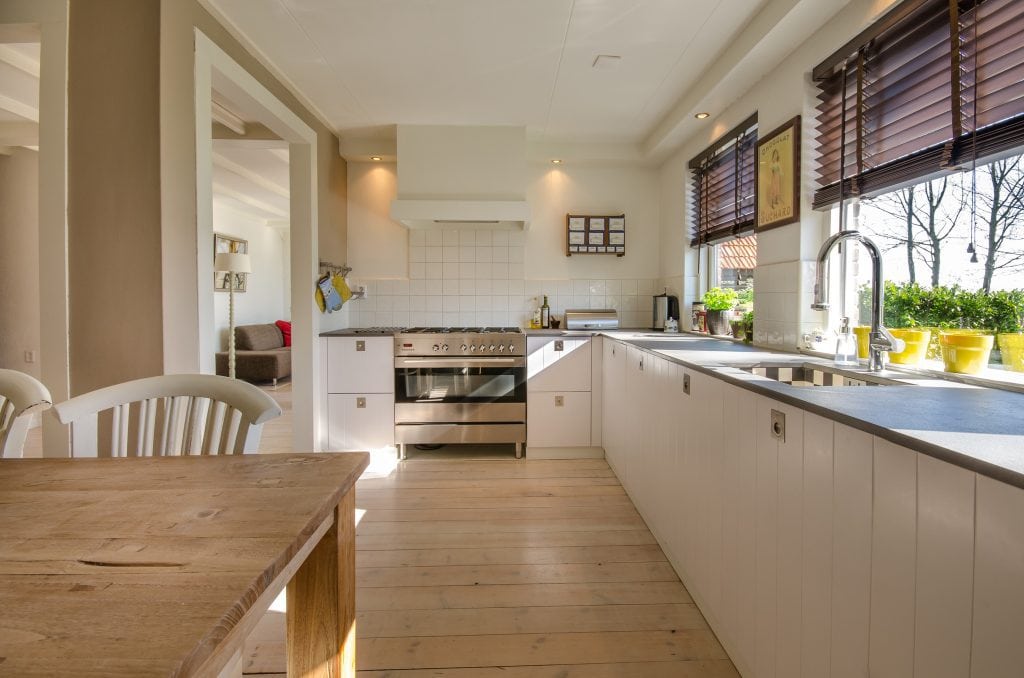
Now, whilst all beauty salons endeavour to comply with the above points; there are other things you can look out for – as a client – that can help you to feel safer whilst in their care.
Ventilation – does the beauty salon have sufficient windows/openings to ensure that you aren’t breathing in chemical fumes? If so, are they mechanical and do they look well maintained?
Lighting – this should be sufficient enough for the therapists to do their job and move around safely. Look for local lighting at their workstations, and around other places of risk.
Cleanliness and waste materials – all areas of the salon should be kept spotless and clean. This includes furniture, fittings, equipment, floors, walls and ceilings. Waste should always be stored in suitable receptacles, and the cleaning/removal of waste should be completed in an effective manner.For instance, to prevent the spread of skin conditions, all equipment should be thoroughly disinfected and cleaned between each client. Similarly:- Lipstick and eye applicators – should be used once and then be disposed of.
– Make-up samples – to prevent double dipping and the risk contamination, a sample of the product should be dispensed onto a separate dish/tray, before being disposed of after use.
– Hairbrush/ combs – if a client has dermatitis or a skin condition on their scalp, combs/hairbrushes should be thoroughly cleaned after use.
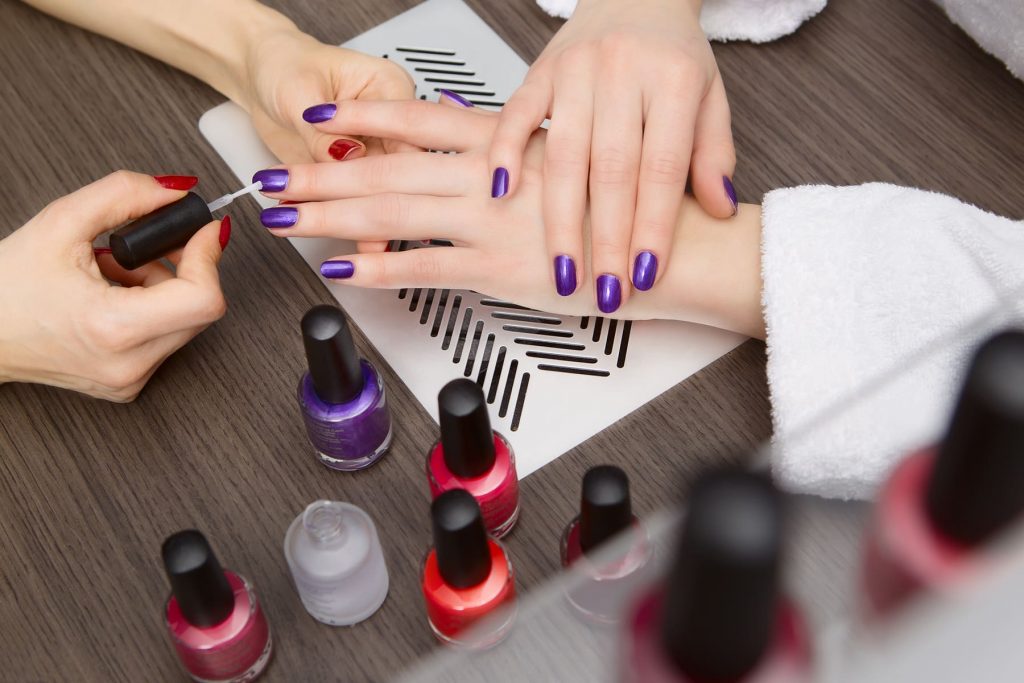
Equipment maintenance – all machinery/equipment that poses a risk to the health, safety and welfare of clients should be maintained and regularly checked for faults (to ensure they are in working order). This includes checking wiring to prevent accidental fires.As a client, you can ask staff for information on when a safety check was last performed. However, you should also be able to tell this yourself due to the condition/appearance of the equipment.
Flooring – is there enough room for you all to move freely in the event of a fire? Are there any holes or uneven surfaces on the floor? Are all articles/substances that could cause you to slip, trip or fall out of the way?
Fire safety – what are their procedures? Do you know the exit routes? Can you open, close and adjust windows in the event you need to escape? Don’t be afraid to ask questions. Whether this is to see proof of their evacuation plans, fire extinguishers or fire blankets – ask them.
Sanitary/washing facilities – these should be readily accessible and be kept clean, adequately ventilated and lit. Sinks should come with running hot and cold water, soap and clean towels.
Your health and safety matters, so whether you are a beauty therapist working in a salon or a prospective client; don’t be afraid to ask the salon to prove their safety procedures or show that their equipment is safe, clean and sanitary.
Another route you can try is looking at home learning courses. They can provide you with an accurate picture of what to expect when working in/visiting a beauty salon, and all the relevant laws.
*Collaborative post
![[AD] We’re a cricket-mad family, so we’re buzzing that @thehundred is back this August! 🏏🔥
To get ready, M tried out the official FREE Activity Pack — and it’s brilliant! 🙌
Packed with fun games, creative challenges and sporty tasks, it’s perfect for getting kids hyped whether you’re at home or on the go.
👉Download yours now (link in bio)
@londonspirit @ovalinvincibles #EveryMomentCounts #TheHundred
#EnglandCricket #CricketFamily #TheHundredCricket #LondonBloggers #Cricket #CricketIsLife #kidsfun](https://suburban-mum.com/wp-content/uploads/2022/11/505472555_18531279601016840_7092520074819907569_n-180x320.jpg)

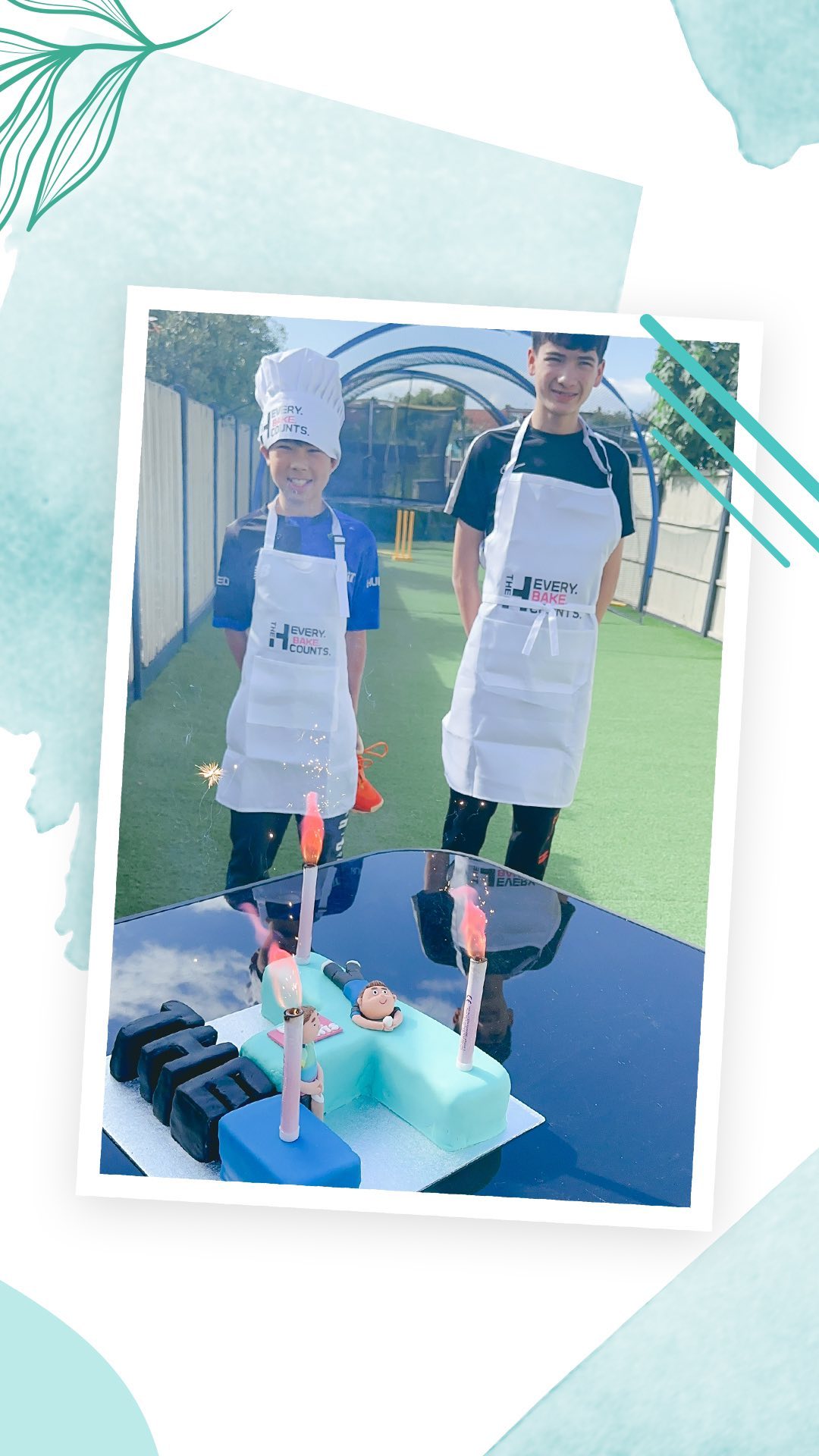
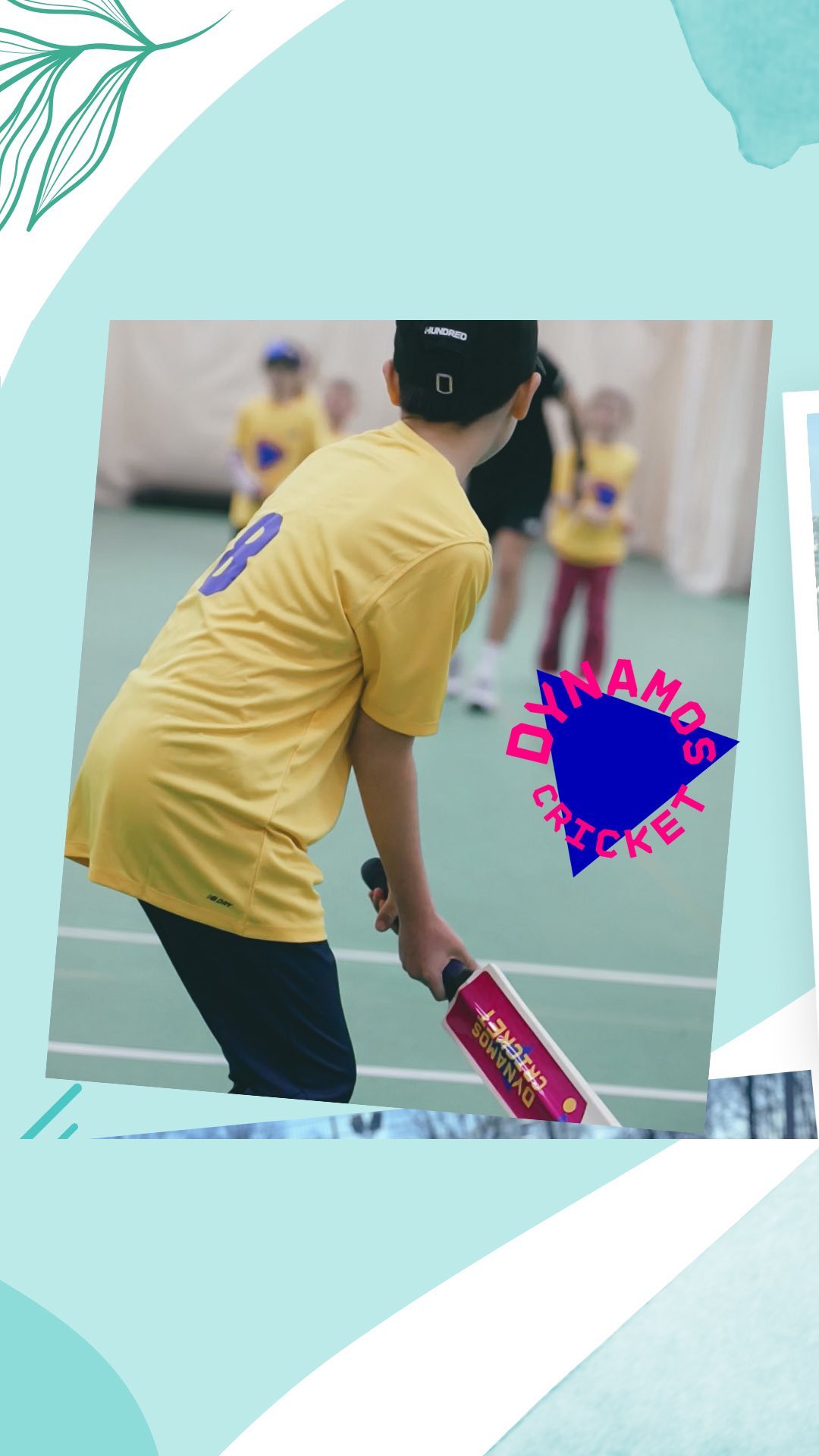
![[AD - Press visit]
We enjoyed the glorious sunshine this weekend with a trip to Brighton. We went on the @brightoni360official which is right by the sea front.
The i360 pod take a slow journey up, allowing you to take in views across Brighton and the South Downs 450ft above ground. There’s a bar inside with drinks and snacks available to purchase and the experience lasts 25 minutes.
Afterwards, we headed to the open air roller rink for a roller skating session!
The roller rink is:
⭐ Suitable for over 5s
⭐ £6.50 if you have your own skates or £9.50 if you need to hire them
⭐ 45 minutes per session
Full details to visit the i360 + skating
📍 Brighton i360, Lower Kings Road, Brighton BN1 2LN
🚗 Parking nearby (we parked in the Regency Square Car park)
🎟️ Prices start from £25.40 for an adult and £16.90 for a child
🕐 Opening hours are currently Sun-Fri 10.30am-18.30pm and until 19.30pm on Saturdays
☕️ Bar inside the i360, cafe and gift shop
Book tickets here:
https://tickets.brightoni360.co.uk/tickets/?_ga=2.195305772.1869001490.1689671753-1757164059.1689671753/#events?eventid=157](https://suburban-mum.com/wp-content/uploads/2015/04/417980235_313576471048632_3682382982231216432_n.jpg)

![[AD] ***Summer of fun at Barracudas Activity Camps!****
There is plenty for kids to do at @barracudas_activity_day_camps
From Tennis, Archery, Swimming, Motor Sports and more you can be sure that there will be something for kids aged 4.5-14. ⚽🏈🥅🎾🏓🏎️🏹🏊♂️🏉
You can book on a day by day basis - so it can fit in with any other days out/activities you have planned and there are early drop off and late pickup options available. Barracudas are also Ofsted registered so you can use your Childcare Vouchers too.
⭐⭐⭐Get £20 off a week or £4 off a day using my discount code: MARIA20⭐⭐⭐
#BarracudasActivityDayCamp #BarracudasActivityCamp #BarracudaAmbassadors #SummerHolidays #SchoolHolidays #Summer2023 #SummerCamp #DayCare #Camp #KidsCamp #surreymummy #surreymums #SummerOfFun #ActivityCamps #HolidayCamps #Childcare #SchoolHolidays #schoolholidaycamps](https://suburban-mum.com/wp-content/uploads/2024/07/353583570_625625966167953_545896259645102575_n.jpg)
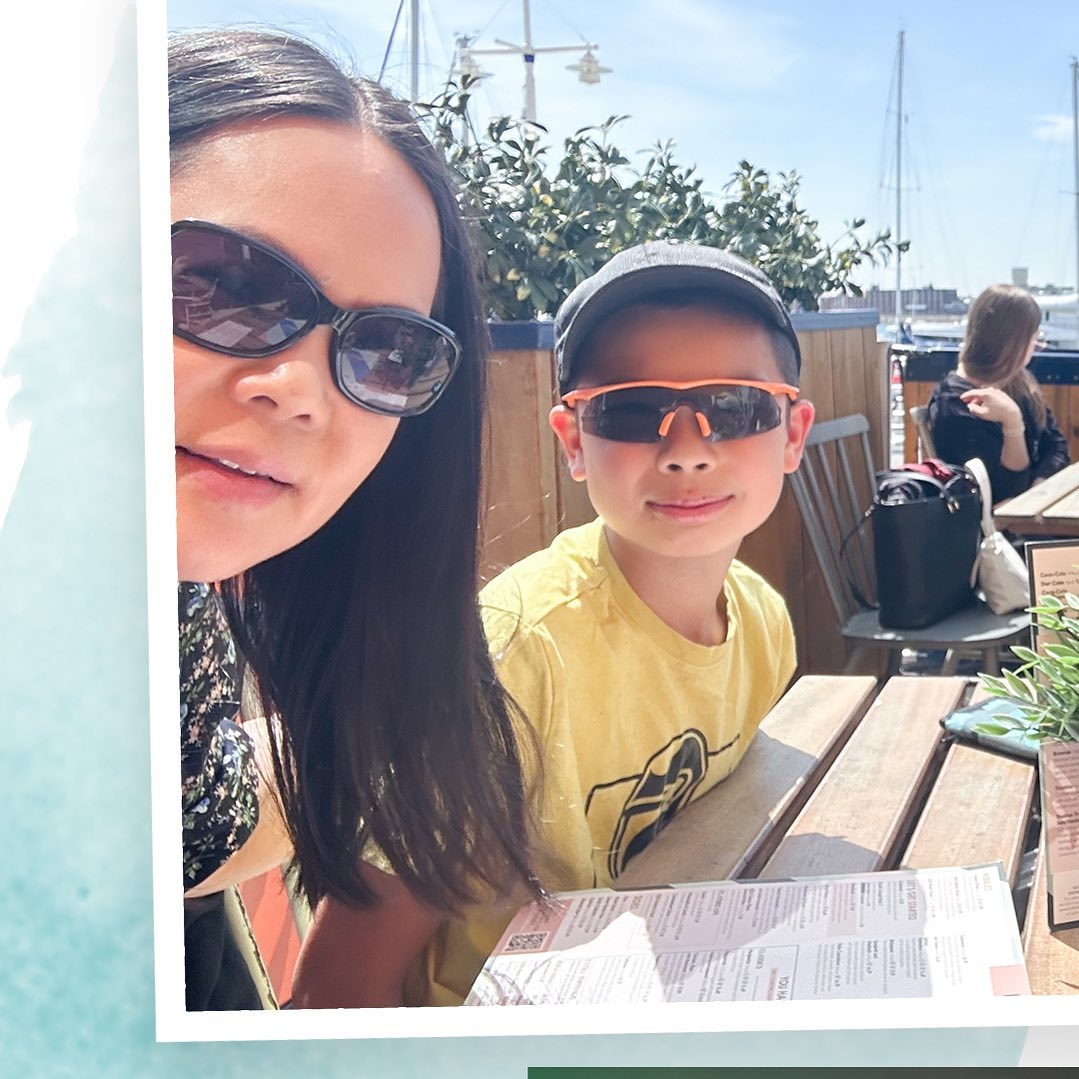
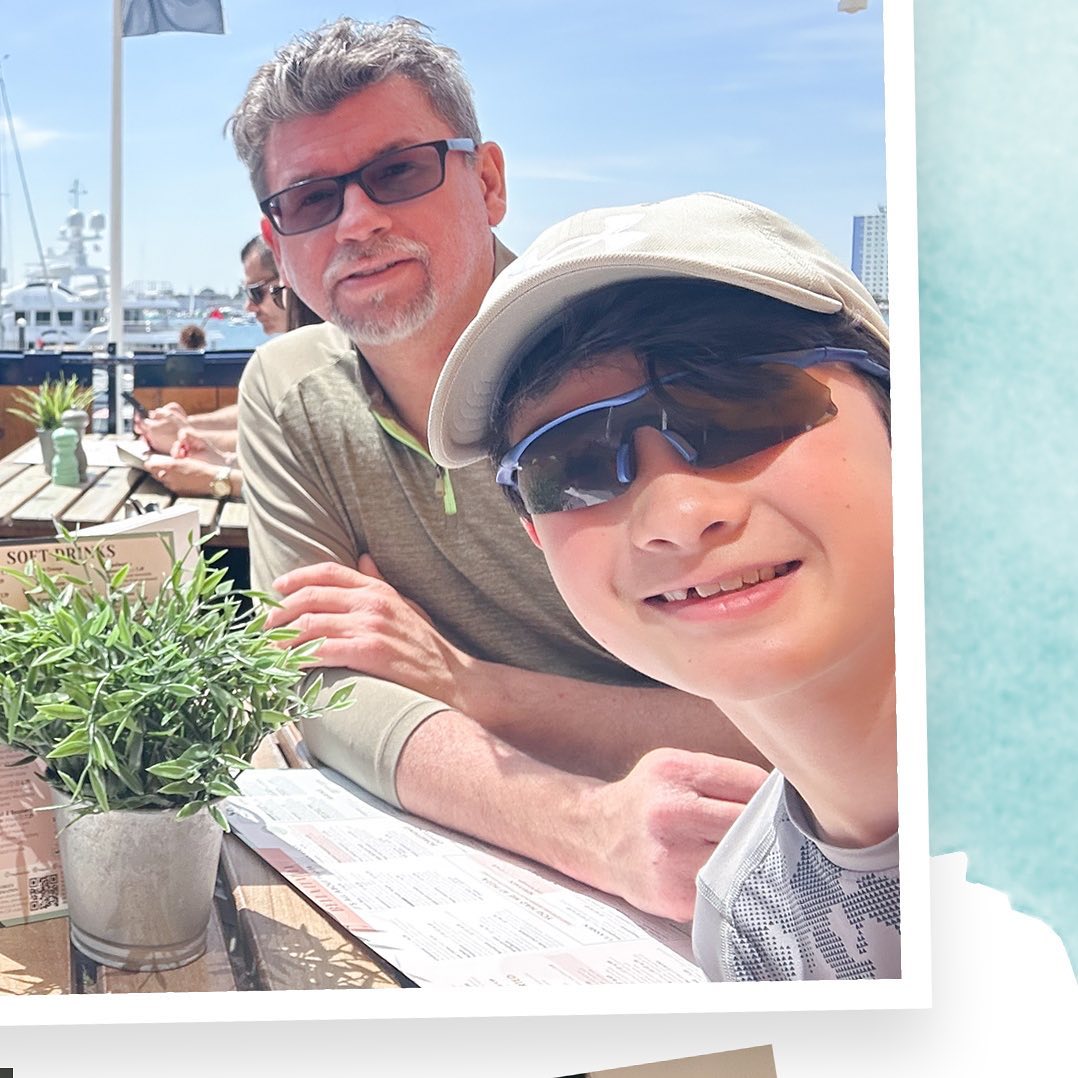
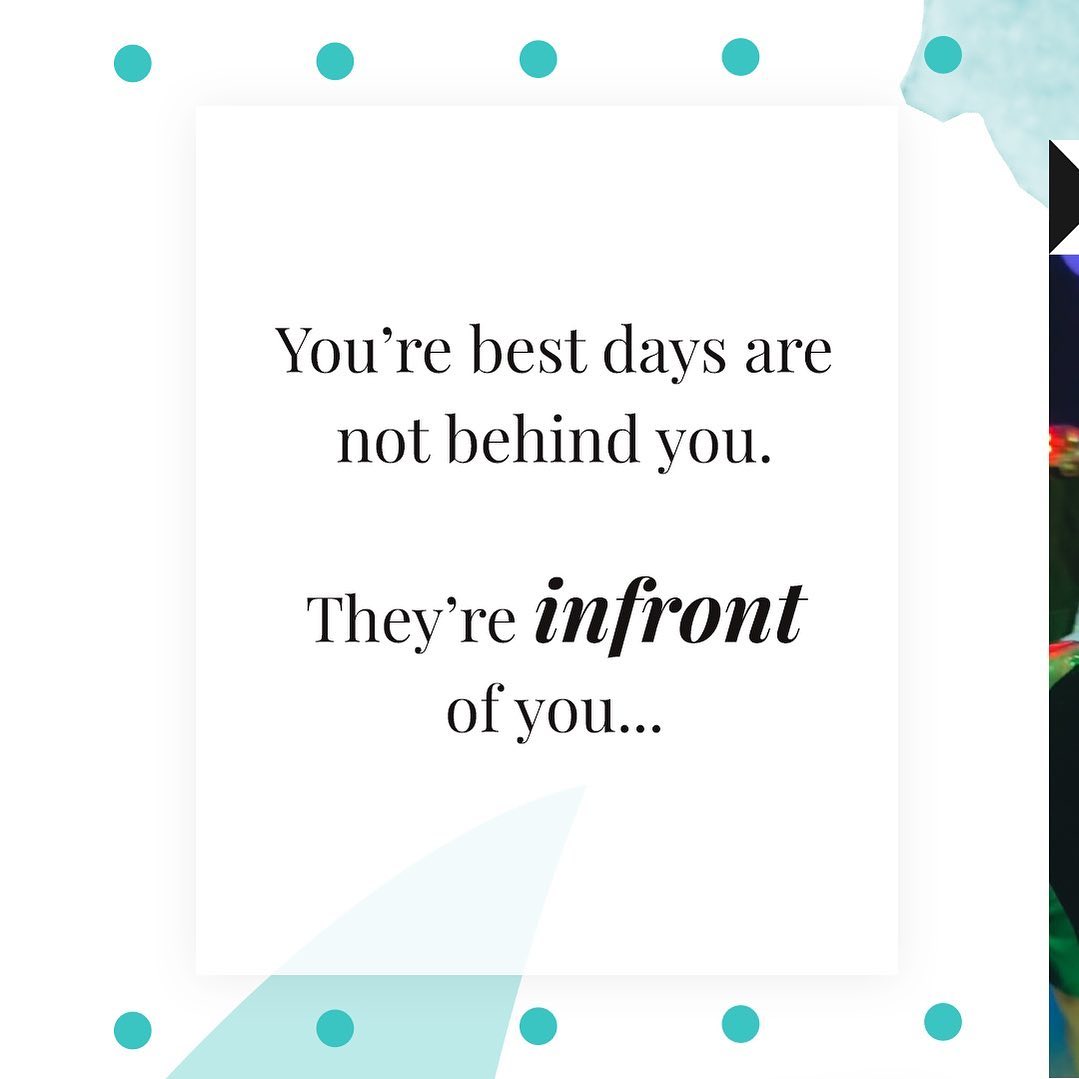
![[AD] We have some super exciting news...we have been chosen to be Laser Quest Ambassadors, and the boys are over the moon!
We are really lucky that our local Laser Quest (@laserquestkingston) is just around the corner from us. It means we can pop in of a weekend or anytime during the school holidays, and with summer just around the corner, I know Laser Quest will be one of our go-to places for some family fun.
As well as games of Laser Quest, there are also VR experiences and arcade amusements too. To find out a bit more about how Laser Quest works, you can read my blog post: https://www.suburban-mum.com/laser-quest-kingston/ (clickable link in bio)
Don't forget to keep an eye out for our Laser Quest posts - I'm going to be giving away two family passes to use at Laserquest Kingston!
If you can't wait and want to head down to Laser Quest to try it out, use the code SUMMER30 for 30% off your booking. The code is valid from now until the end of August 2023 and can be used on Laser Quest games and birthday party bookings.
#LaserquestAmbassador #Laserquest #LaserquestKingston #ActivitiesForKids #FamilyFun #DaysOutWithKids #Lasertag #LaserquestVR #Kingston #ThingsToDoInKingston #SurreyFamilyDaysOut #ThingsToDoWithKids #RainyDayFun #SurreyMummy #SurreyLife #LifeWithKids #LifeWithBoys #familyfunday](https://suburban-mum.com/wp-content/uploads/2015/04/353230107_797358078406942_2405522556733455165_n.jpg)

![[AD] The sun has finally made an appearance and the boys have been making the most of it by spending it
in the garden.
They’re go-to is always football and they’ve been trying to improve their aim and accuracy with the new Messi Foldable Footlball goal from the #MessiTrainingSystem range.
I love the fact the goal is foldable, making it easy to store away when not in use. It is also lightweight so you can effortlessly pack it up and take it to the park or to a friend’s house.
The Messi Foldable Football Goal retails at £36 and can be purchased from @argos
You can read my full review here: https://www.suburban-mum.com/messi-foldable-football-goal/
#TrainLikeMessi #FoldableFootballGoal #FootballSkills #OutdoorFun #LionelMessi #LeoMessi #FootballAtHome #OutdoorKids #JustGetOutside #OutdoorsAndFree #ScreenFreeKids #WhateverTheWeatherKids @flair_gp](https://suburban-mum.com/wp-content/uploads/2024/07/341194882_615024710178056_41977149395989448_n.jpg)

![[AD] We are absolutely thrilled to announce that we are Barracuda Ambassadors again this year.
With Easter just around the corner, the boys were sent the @barracudas_activity_day_camps new camp kit in preparation for the school holidays.
There’s a wide range of activities for kids aged 4.5 - 14 including Tennis, Archery, Basketball, Arts & Crafts and more.
If you like the sound of Barracudas, find out more over on their website. You can also save £20 a week or £4 a day, using my discount code: MARIA20](https://suburban-mum.com/wp-content/uploads/2015/04/336812306_765234558514317_685553691647241974_n.jpg)

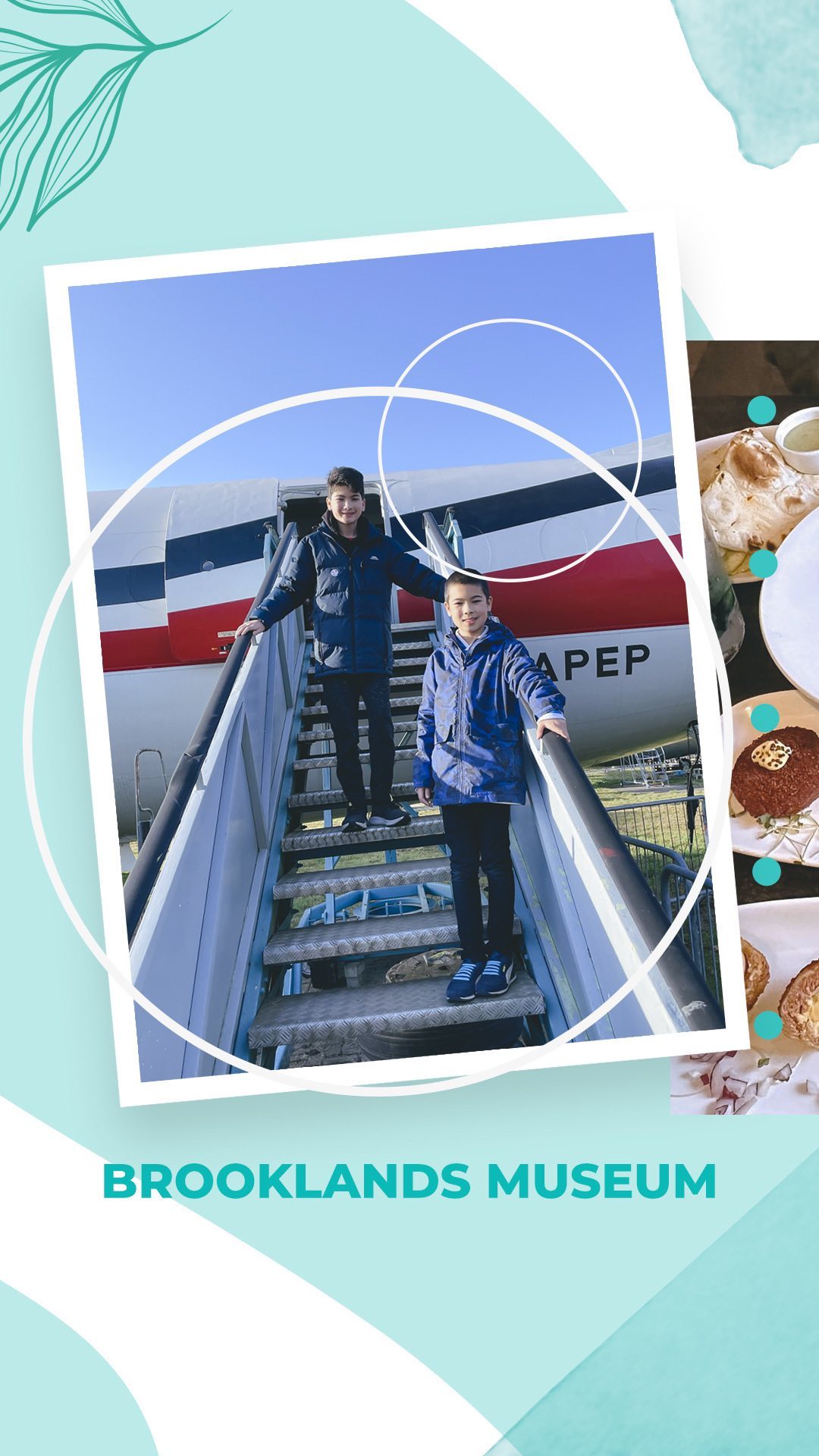
![[AD - Gifted]
Last weekend we were invited to try out @tsarettaspice’s new Bottomless Brunch menu and I can tell you it was thumbs up all round!
There’s a good choice tapas on offer from Punjabi fish fingers, Indo Chinese Chicken to Spiced Lamb Scotch Eggs and Manchurian Cauliflower (which was amazing!)
If you’re local to Twickenham and fancy giving them a try here’s are the details.
Tsaretta Spice Bottomless Brunch
⭐️£37.50 per head for bottomless Prosecco or cocktail of the day
⭐️£55 per head for bottomless Champagne
⭐️ Food included: 4 tapas selections and dessert or 2 tapas selections, a pav or naanwich and dessert
⭐️ Non-alcohol brunch is also available
Tsaretta Spice
55 Church Street
Twickenham
TW1 3NR
You can also read our full review over on the blog (link in bio)](https://suburban-mum.com/wp-content/uploads/2015/04/334565436_5960402314015030_663031098700829518_n.jpg)
![[AD] What does family look like for you?
I am fortunate to be surrounded by strong, powerful women in the form of my mum, sister and mother-in-law (along with many others). With Mother’s Day just around the corner, @BootsUK want to celebrate all the different mums and mother figures we are lucky enough to have in our lives. They have a huge range of Mother’s Day gifts to choose from so we can show them how much they mean to us. (swipe to take a look at some of my choices)
If you want to express love and appreciation for the mother figure(s) in your life, head to Boots.com to find the ideal gift. They have a whole host of gifts, so you can be sure to find something to suit all tastes. Celebrate the #LoveForAllMums this Mother’s Day with Boots.
](https://suburban-mum.com/wp-content/uploads/2024/07/334276459_136658625736352_6403224988403337253_n.jpg)

